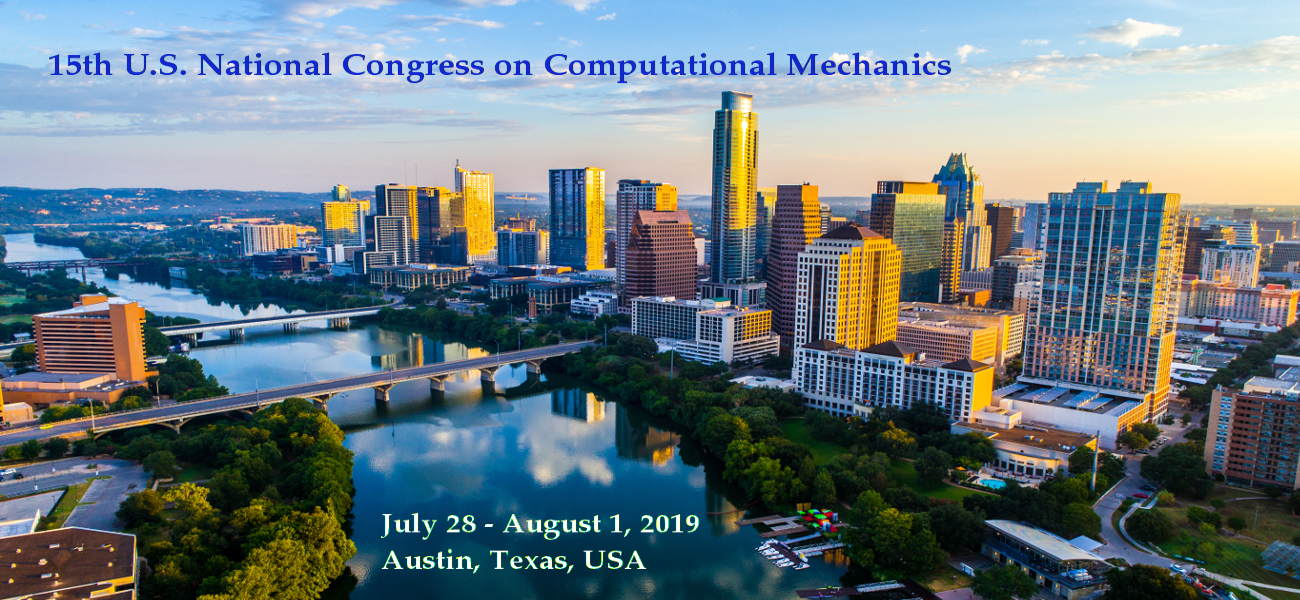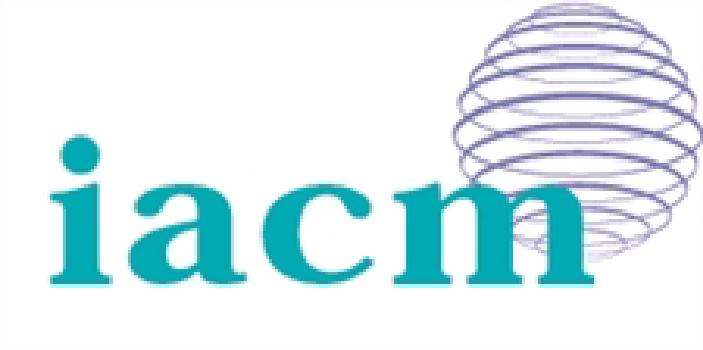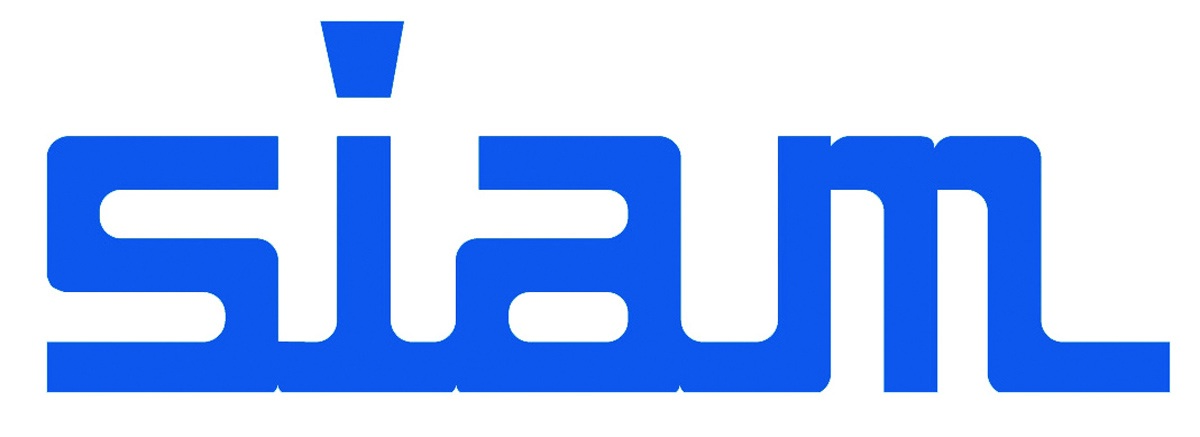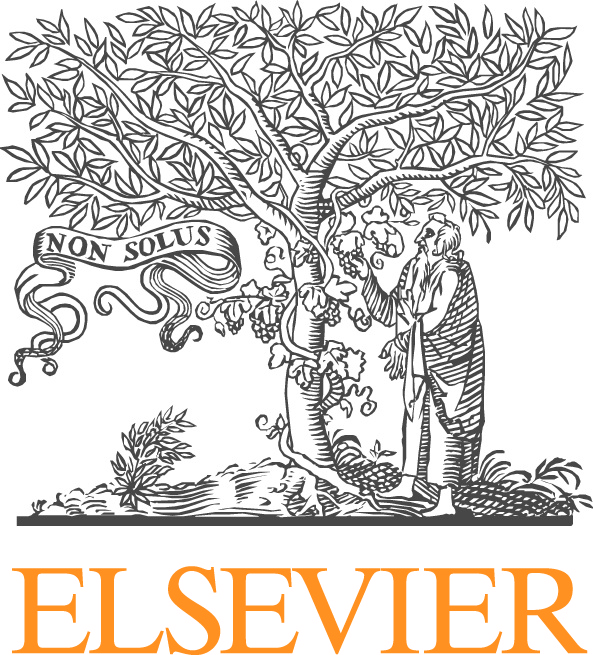Varun Gupta, Pacific Northwest National Laboratory
Timothy Truster, The University of Tennessee, Knoxville
Mark Messner, Argonne National Laboratory
Computational Mechanics is playing an increasingly important role in the design and evaluation of materials operating in harsh environments. The aim of this mini-symposium is to provide a forum for discussing the novel computational approaches that pertain to mechanics of materials. This mini-symposium seeks to bring together students, academicians and professionals working in the area of computational materials engineering.
The topics covered include (but are not limited to):
• Damage modeling in materials
• Multiscale modeling: Strategies for representing the inherently multiscale nature of the problem covering different spatial or temporal scales
• Enrichment and XFEM/GFEM methods
• Adaptive mesh or sampling grid generation
• Process-structure models: Part-scale and multiscale simulation of the manufacturing process for predicting surface topology and microstructure including defects
• Structure based property prediction
• Modeling of advanced manufacturing or joining processes
• Modeling of novel material systems
• Metal forming and materials processing simulation and design
• Process-part optimization for design of structural parts/components
• Uncertainty Quantification/Probabilistic methods in multiscale modeling







